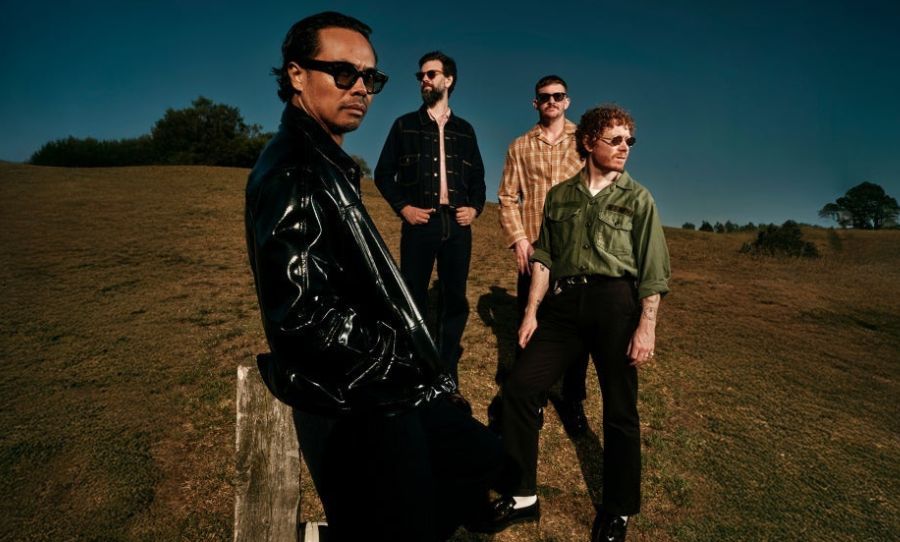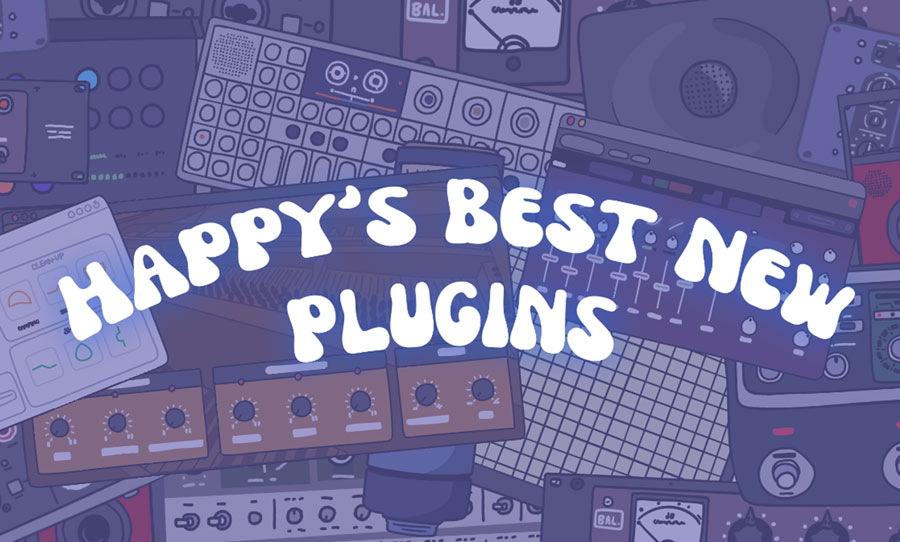There’s a new entry in the DAW controller discussion, and it demands some attention.
We’ve all been stuck in the endless debate loop of digital versus analog, vintage vs modern, the new Platane Magic Fader inserts itself neatly into the conversation by trying to bridge the gap between old school mixing, and modern digital workflows.
Platane is a little known audio company in China that has been working hard since 2018 to make our audio dreams come true at a price that doesn’t make our eyes water.
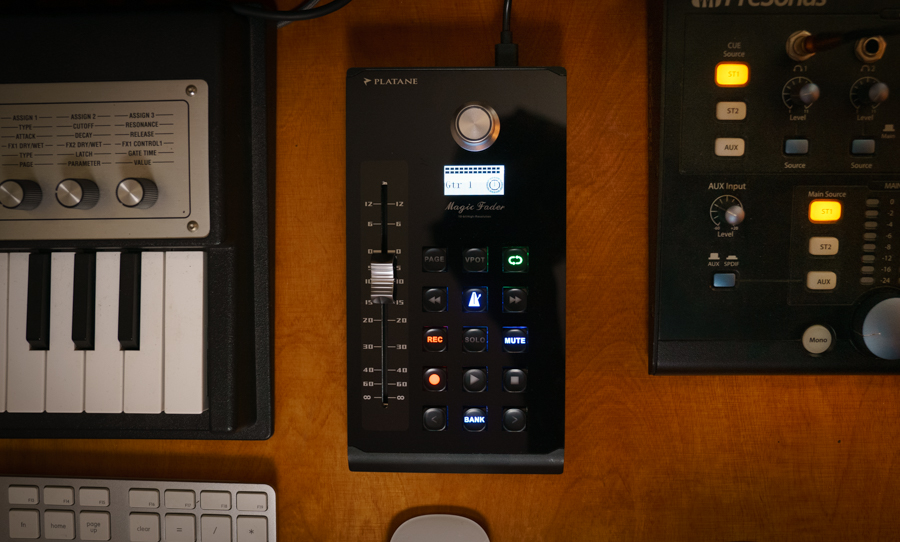
The Magic Fader comes out of the box looking slick and boasts some lovely pre-mapped buttons that have a nice satisfying click to them (no ugly rubber push buttons here) as well as a dual function rotary encoder pot for pan control.
The star of the show however of course is the 10 bit high resolution motorised fader. And it really is high res, using this for volume automation proved to be extremely accurate, placing way more automation points on the lane that I could be bothered to count. It easily rivalled my trusty Mackie Universal Controller (dare I say it was more accurate??).
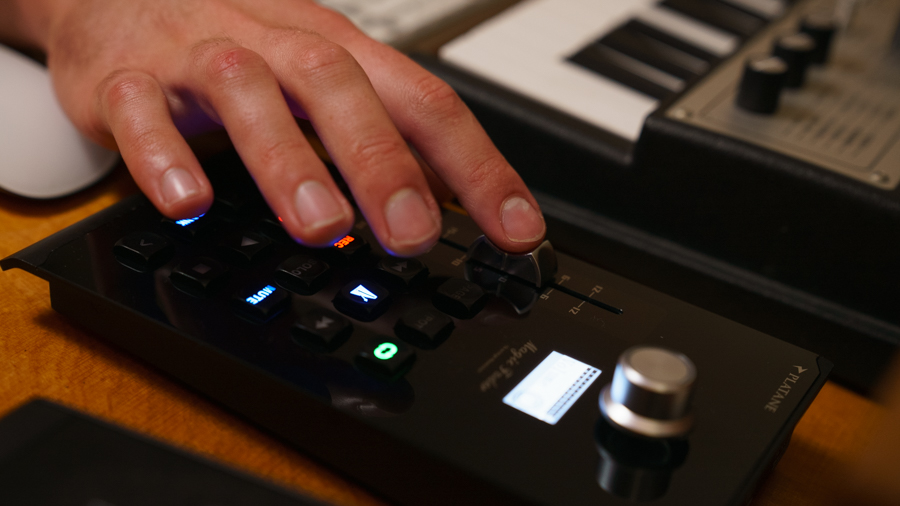
In use the Magic Fader works just as you would hope a DAW controller fader would. It comes pre mapped for all the major DAWS using Mackie and HUI protocols. This means it will follow your selected tracks with the motorised fader snapping to each respective volume level.
It will mute, solo, record enable, toggle your cycle mode and toggle your click track on and off – everything you want and expect from a DAW controller.
I’m a big fan of the added USB ports – the Magic fader also acts as a USB hub for 2 extra USB A ports to cater for those of us who are midi controller collectors (oops) and are running out of USB slots. This is a really nice touch.
There are a few kinks that Platane will no doubt iron out over the launch of the product. Using the left and right buttons to toggle between tracks in your song is a little lacklustre and doesn’t feel quite instantaneous and sometimes sometimes didn’t follow the tracks as I expected it to – that being said this could have been because of my bizarre project management style of folder stacks and hidden tracks everywhere.

It also would have been really nice to see them include automation buttons for switching between read, write and touch automation modes, this does seem like a bit of an oversight seeing as volume automation is the main reason for diving in on a fader controller.
All that aside the Magic Fader is giving its competition a serious run for their money. It beats out all of its competitors on price, and by a significant margin, coming in at around 50 AUD cheaper than its nearest competitor, the Platform Icon Nano (and 100 AUD away from everyone else) and there’s not all that much that you’re missing out on.
The modern music making, DAW centric workflow often doesn’t really lend itself to big desks with 24 faders and pan pots and while a lot of us are revelling in the unprecedented access to music making in our tiny bedrooms or spare rooms, we still dream of our kitted out studio (I know I do).
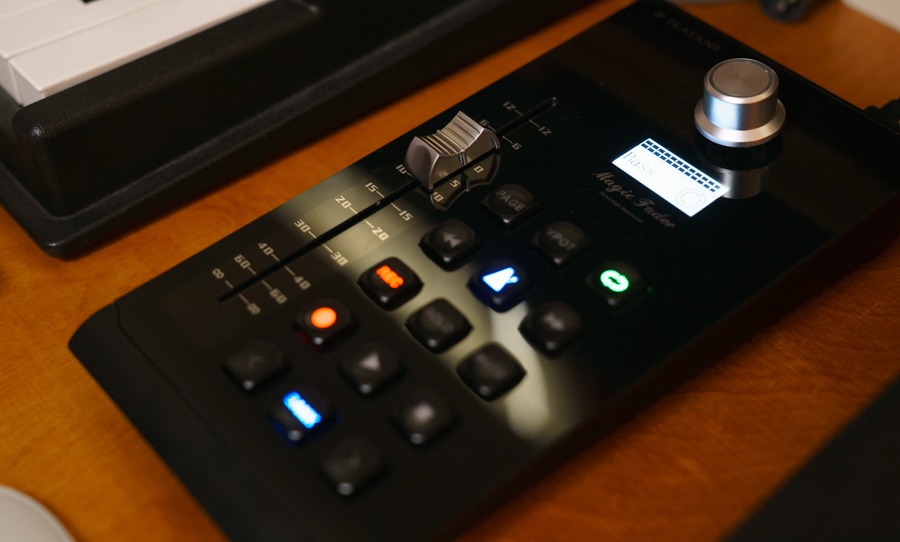
Platane’s Magic Fader controller proves to be a fun and novel compromise for those dreams until we get there.
You can buy the Magic Fader direct from Platane’s website for 149 USD, it’s yet to be available from retailers in Australia but once it is you can expect it to roll in between 230 and 250 AUD. Find out more from Platanes website.


